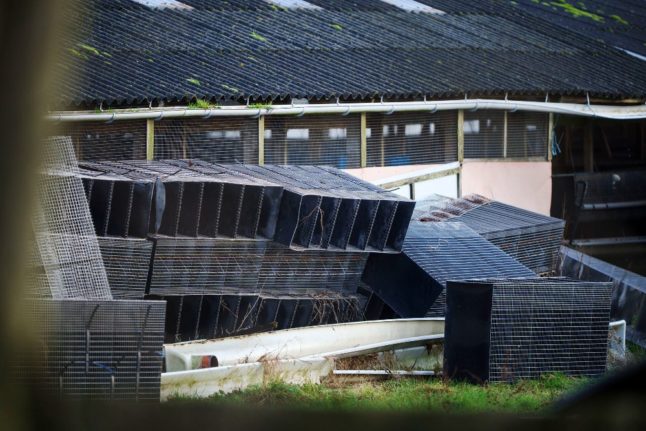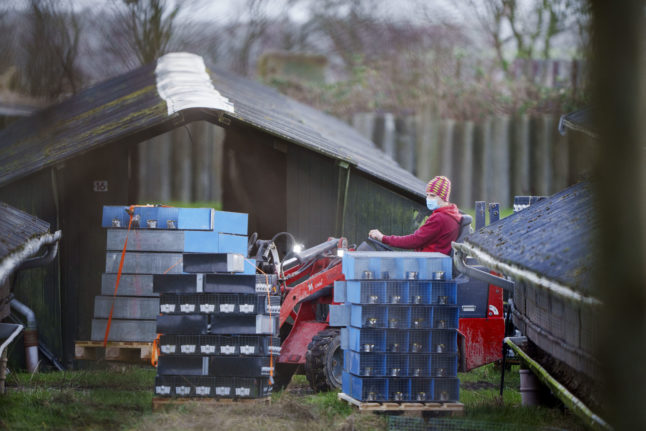In late 2020, the government ordered all fur farm minks to be destroyed amid concerns about a potential mutation of Covid-19 in the animals.
Most of the farms are located in West and North Jutland, where work has now begun to tear them down, Transport Minister Thomas Danielsen and Food and Agriculture Minister Jacob Jensen said in a joint statement.
“It’s only reasonable that mink farmers and their families can now look forward to a dignified end to an undignified chapter which has had serious consequences for affected families,” the ministers said.
The Building and Property Agency (Bygningsstyrelsen) says the work to demolish the farms is the biggest demolition job seen in modern Denmark.
Some 220 mink farmers have so far applied to have their farms demolished. The agency expects to receive more requests given 1,227 applications have so far ben submitted for the government’s compensation package for mink farmers who lost their businesses to the 2020 order.
Some 90 farms have been inspected with a view to compensation and subsequent demolition.
The farms cannot be demolished until compensation cases with farmers are concluded. Once this process is complete, the farms must be torn down.
Demolition of the farms and removal of rubble will cost an estimated 3.7 billion kroner.
Denmark decided to kill all of its some 15 million minks in November 2020 after studies suggested a variant found in some of the animals could jeopardise the effectiveness of future Covid-19 vaccines.
The measure was rushed through and the mutation found in minks was later deemed extinct.
All breeding was subsequently banned in 2021 and 2022.
However the cull quickly turned into a political nightmare for the Social Democrat government as it later emerged there was no legal basis to impose the measure on farmers.
In July 2022, a commission of inquiry set up to determine responsibility for the affair concluded that Prime Minister Mette Frederiksen had made “seriously misleading” statements without having “either the knowledge or the perspective” to judge.
The commission however elected only to reprimand Frederiksen without further consequence.
The ban on mink fur breeding was lifted at the end of 2022.



 Please whitelist us to continue reading.
Please whitelist us to continue reading.
Member comments